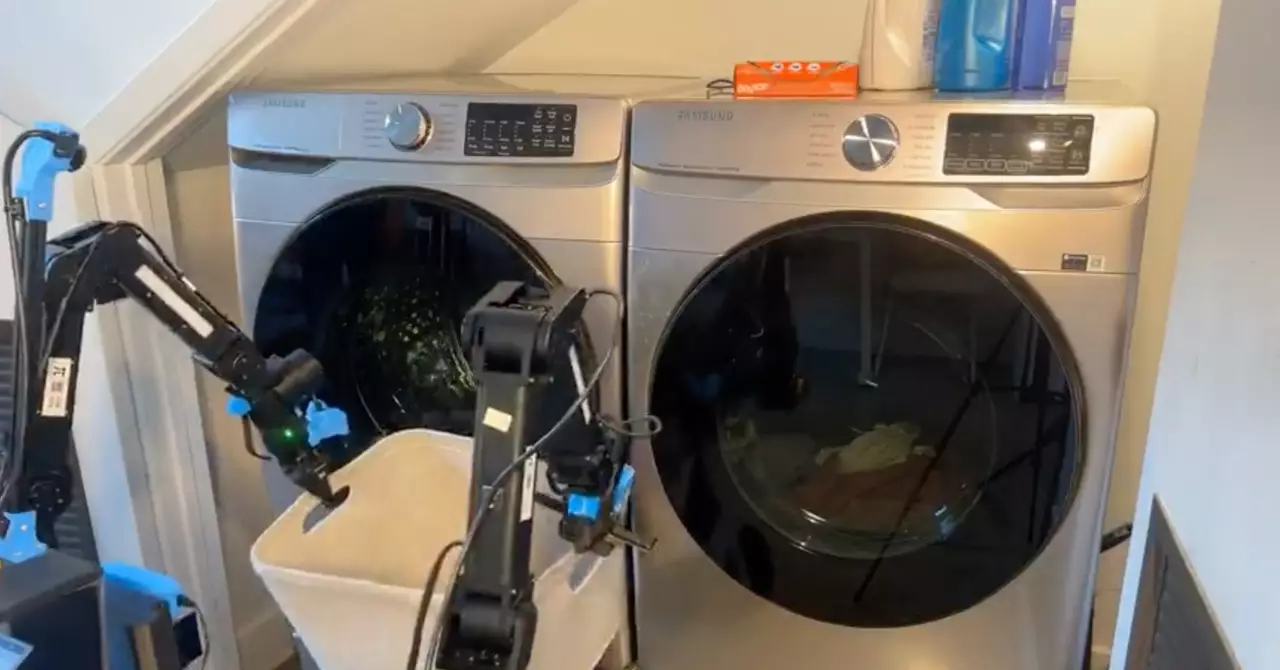In an age marked by extraordinary advancements in artificial intelligence (AI), the field of robotics has not kept pace as effectively as one might hope. While AI systems are becoming increasingly sophisticated, the robots that populate factories and warehouses are often limited to performing repetitive, pre-programmed tasks. These machines, though efficient in their own right, lack the capacity to analyze their environment or adapt to unpredicted situations. This rigidity restricts their utility to very structured environments, limiting the potential benefits they could bring to a broader array of industrial and domestic applications.
There is a glaring need for robots with more generalized skills, particularly as industry demands evolve. For robots to excel beyond mere assembly lines and execution of standard practices, they will require a foundational level of adaptability—one that will allow them to handle tasks across different contexts with minimal guidance. The hope is that enhanced capabilities will enable robots to not only navigate the complexities of human homes, filled with unpredictability and variation, but also tackle a wide range of industrial challenges with ease.
Among those taking on this challenge is Tesla, spearheaded by entrepreneur Elon Musk. The company’s initiative to develop a humanoid robot named Optimus has generated considerable intrigue, promising capabilities that could potentially rival human-level dexterity and adaptation skills by 2040. With projected price points between $20,000 and $25,000, there is a growing anticipation surrounding its market introduction. However, it is important to evaluate whether these ambitious claims align with achievable technological advancements.
Traditionally, efforts in robotic training have relied heavily on teaching isolated robots specific tasks without the expectation of transferring that knowledge. Nevertheless, revolutionary strides have emerged, highlighted by innovative projects like Google’s Open X-Embodiment, which successfully demonstrated collective learning among 22 distinct robots across various research labs. This approach showcases the promise of transferable skills, potentially fueling a new era of flexible robots equipped to manage diverse tasks.
Despite this enthusiasm, a major hurdle persists: the scale of available data for robot training is nowhere near the resources available for training large language models. Companies like Physical Intelligence are navigating this issue by generating their own datasets and developing novel methods for effective learning within these confines. By integrating vision-language models with diffusion modeling—a technique derived from AI-driven image generation—there is a burgeoning opportunity for more dynamic forms of robot learning.
While notable progress has been made, experts like Levine remind us that we are merely at the beginning of this journey. The road towards deploying robots that can intuitively operate as effectively as humans is long, but the foundational scaffolding laid by current innovations suggests that meaningful advancements are within reach. As the field continues to evolve, the dream of versatile, intelligent robots fulfilling complex tasks in myriad settings is gradually becoming more conceivable.


Leave a Reply
You must be logged in to post a comment.